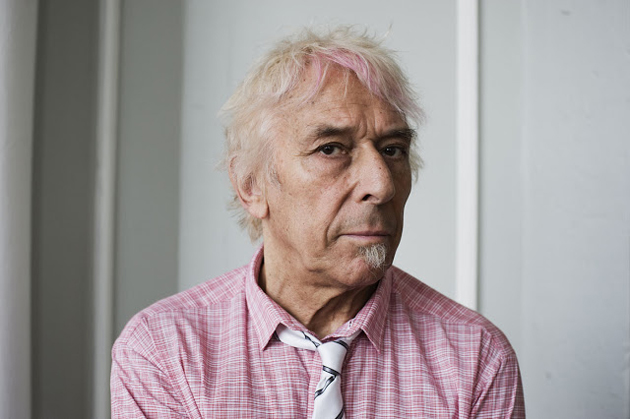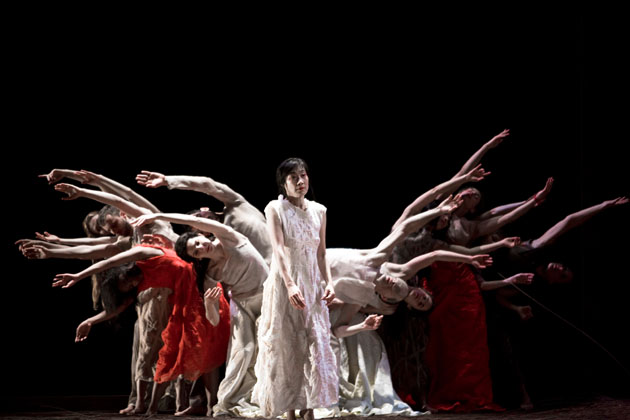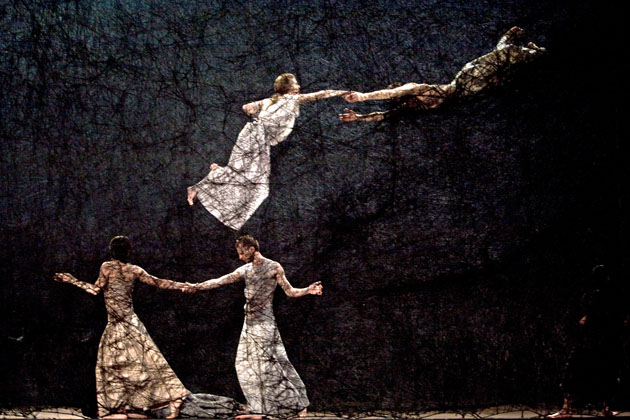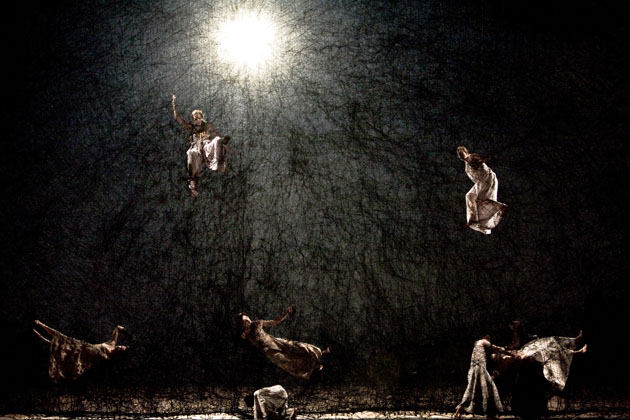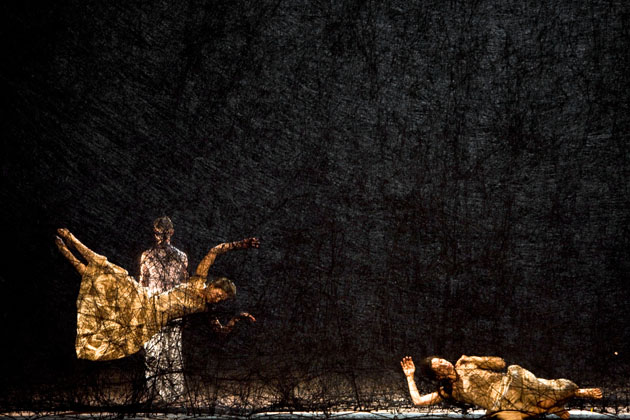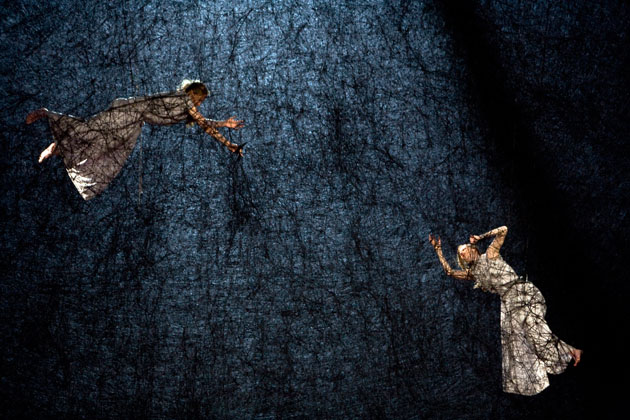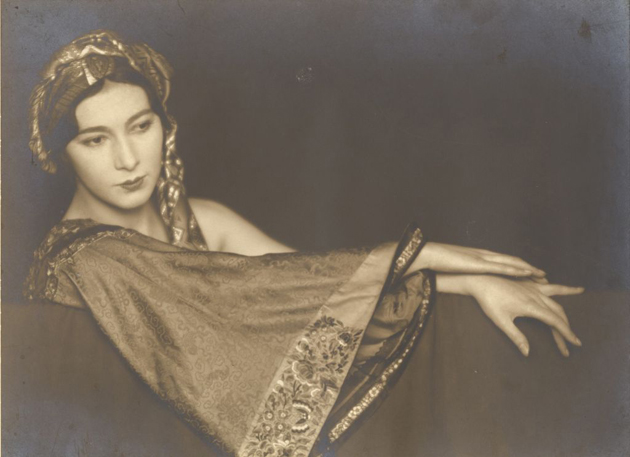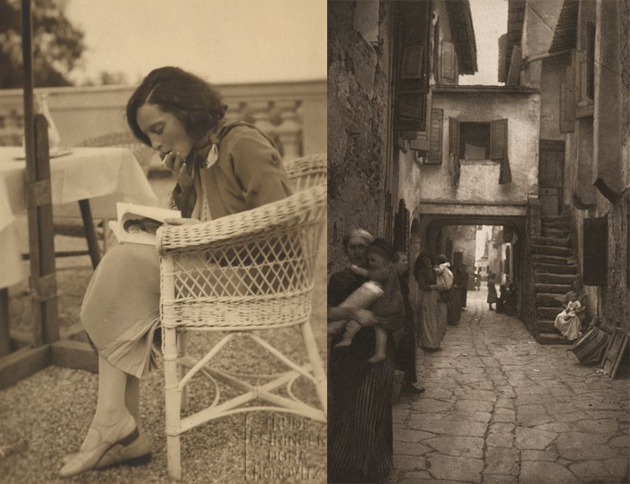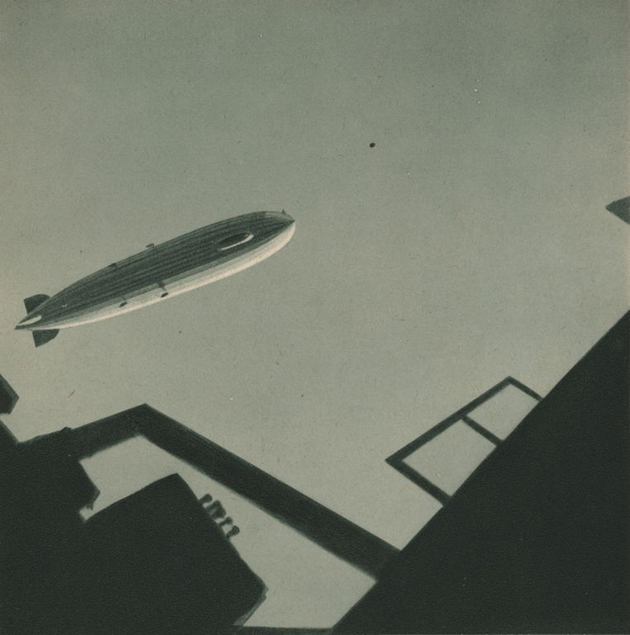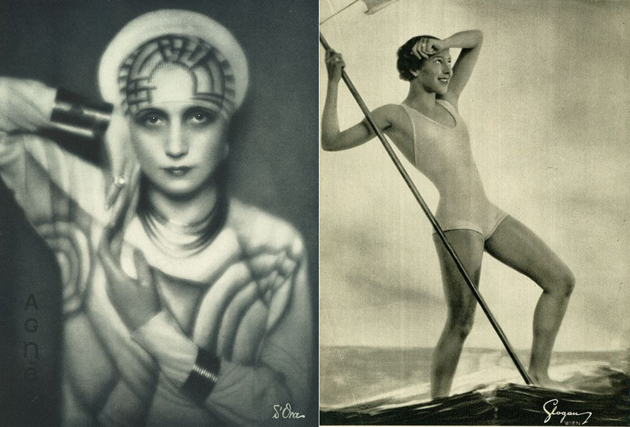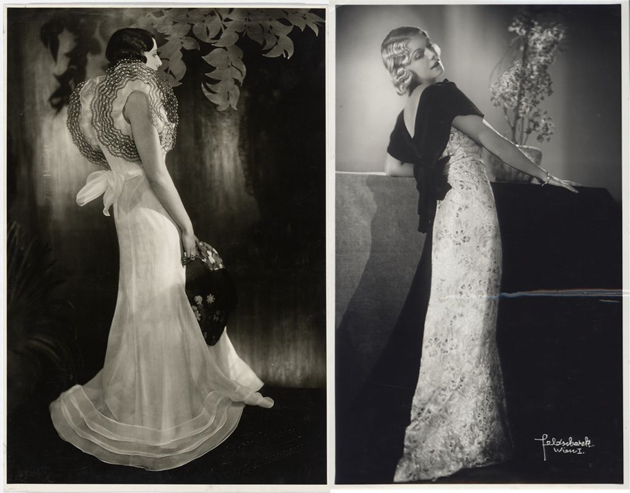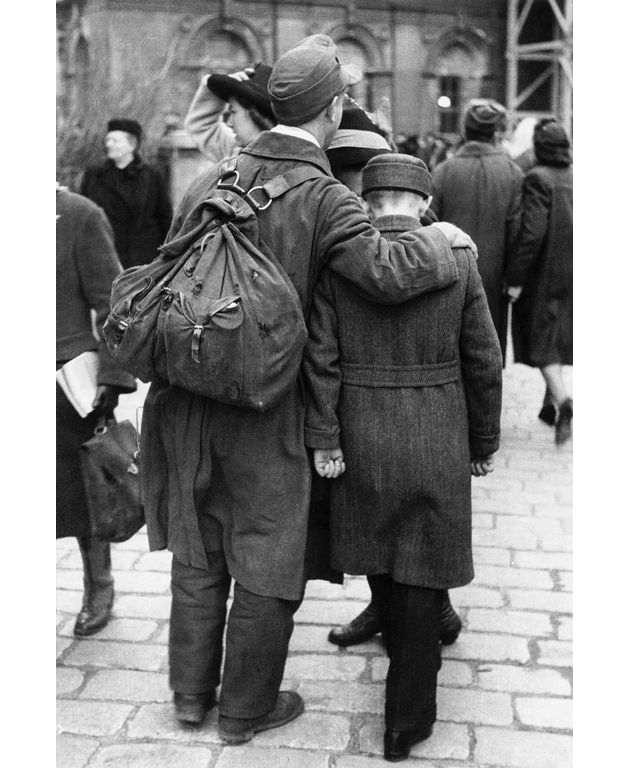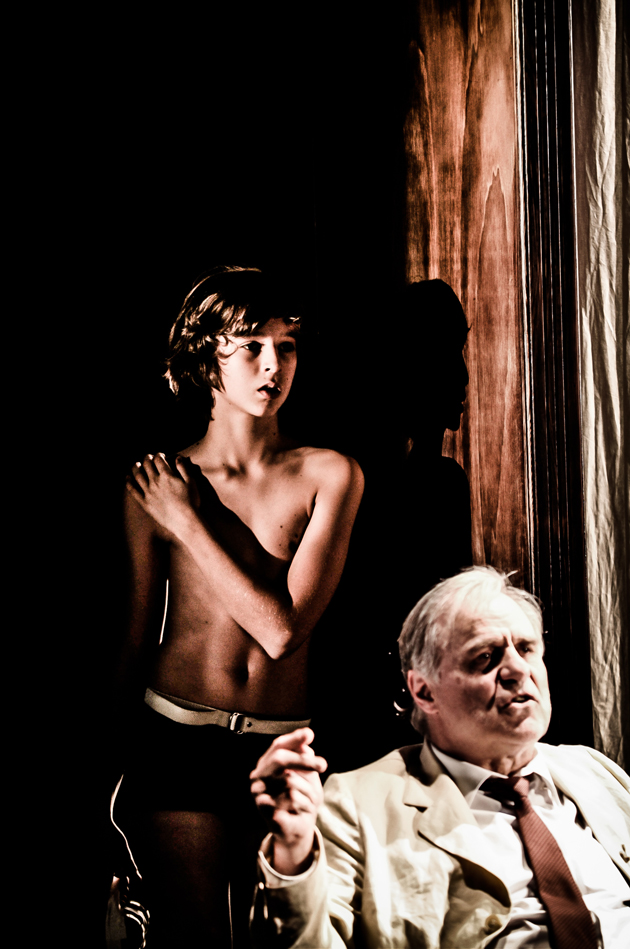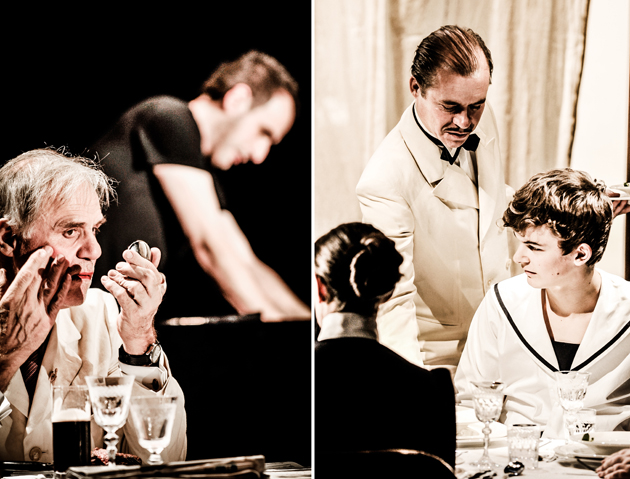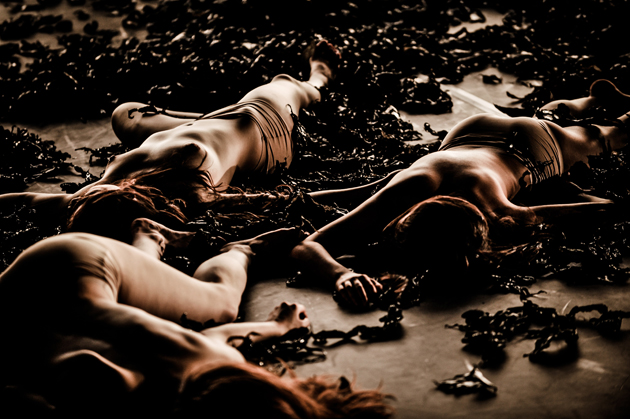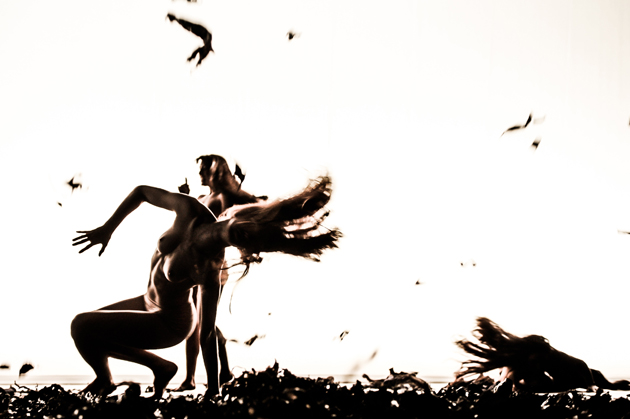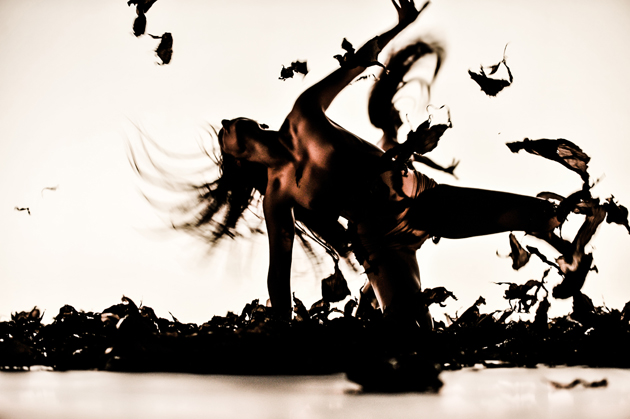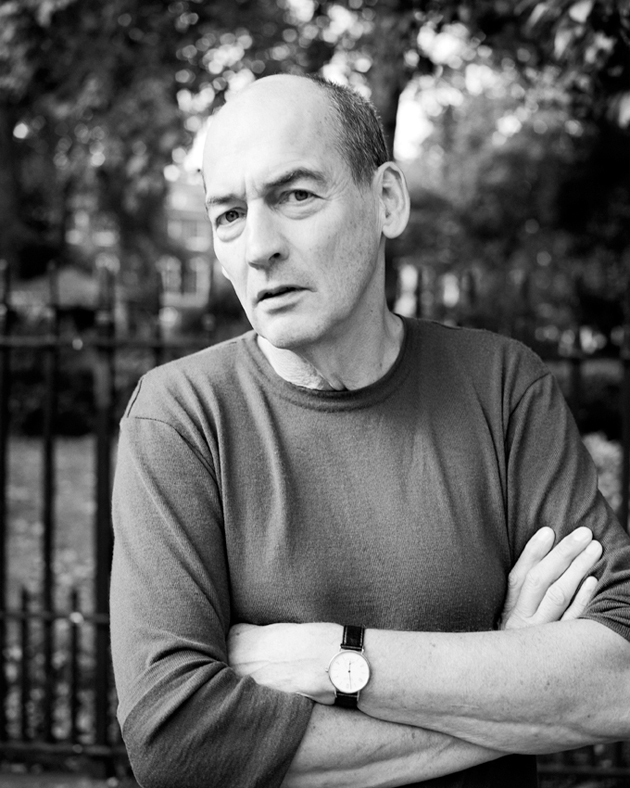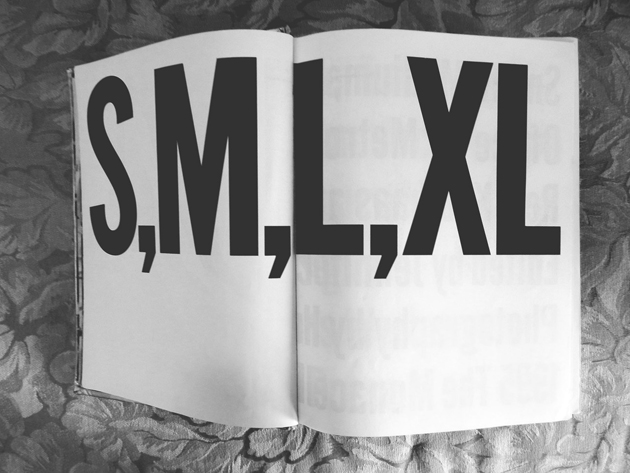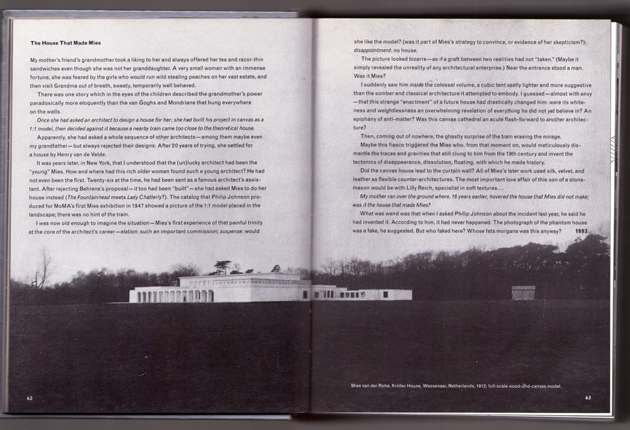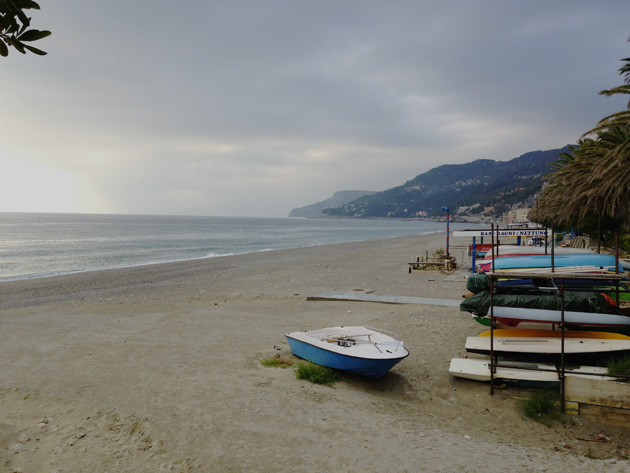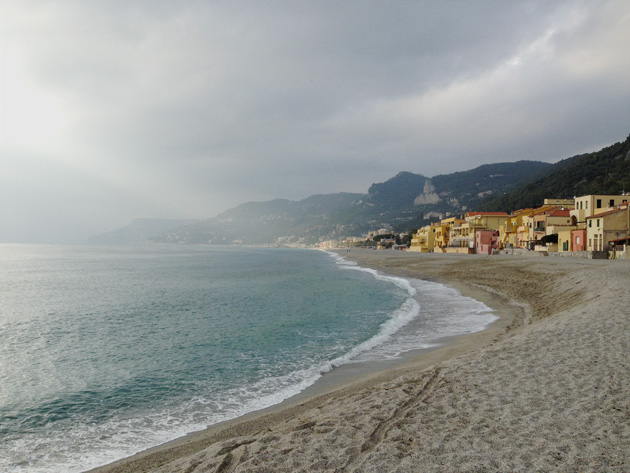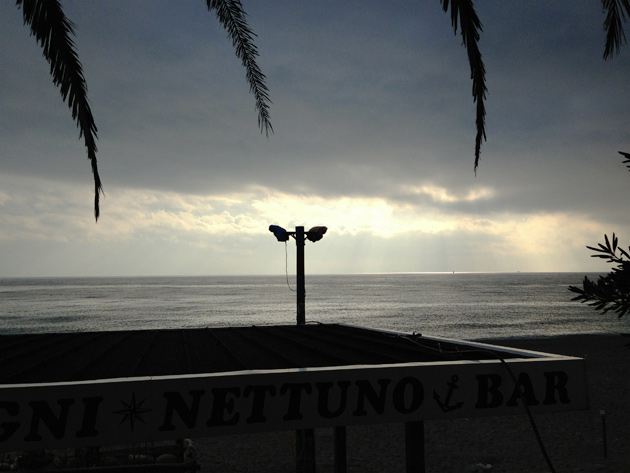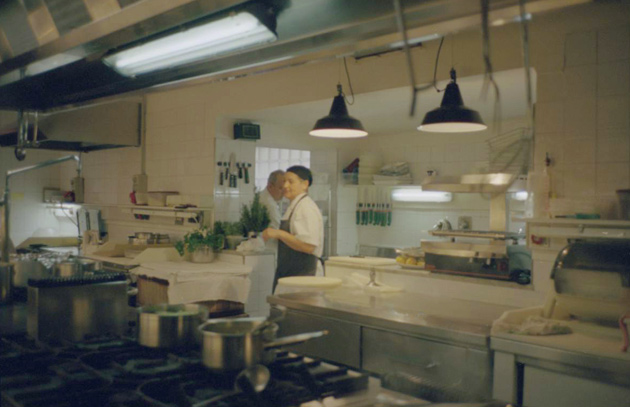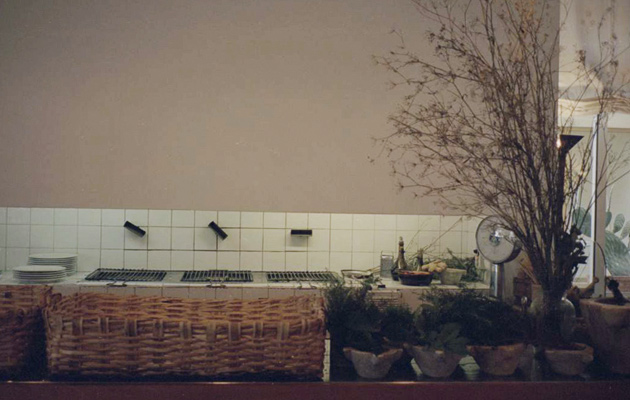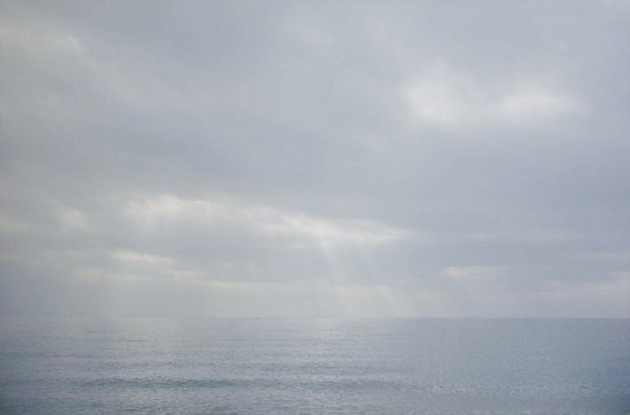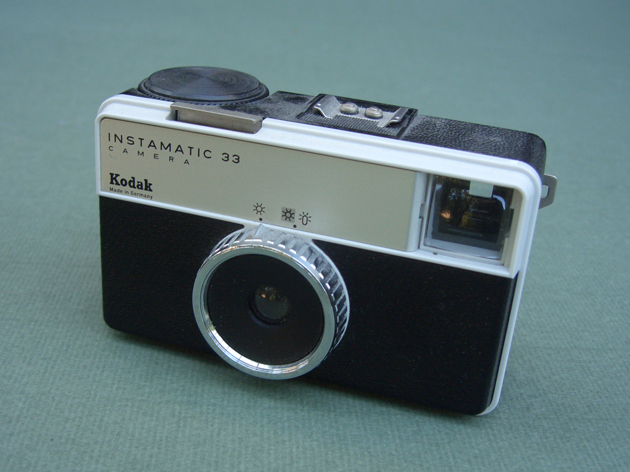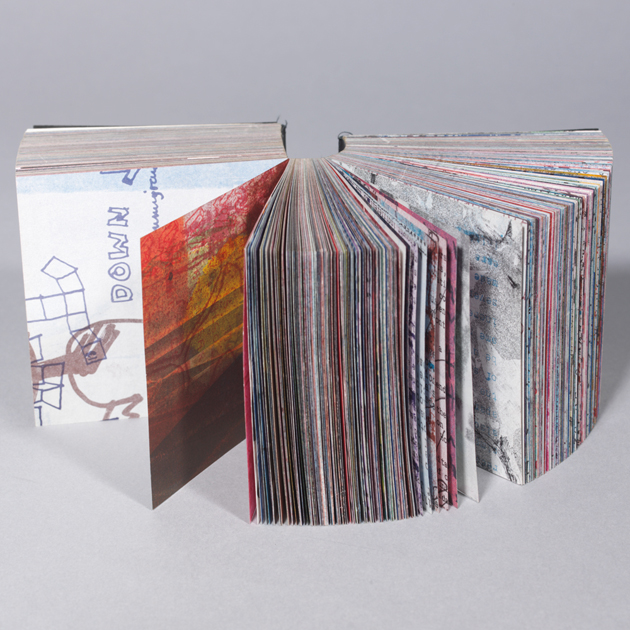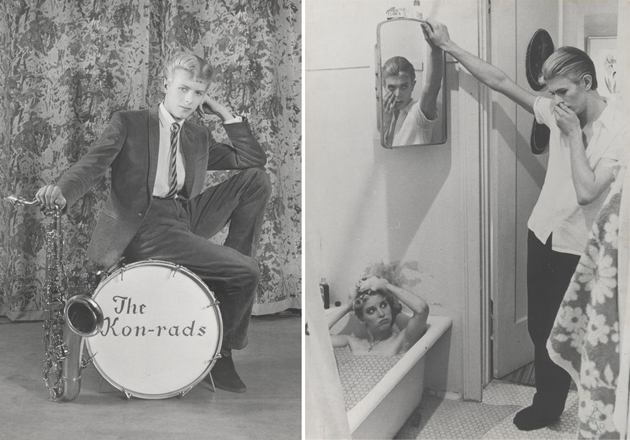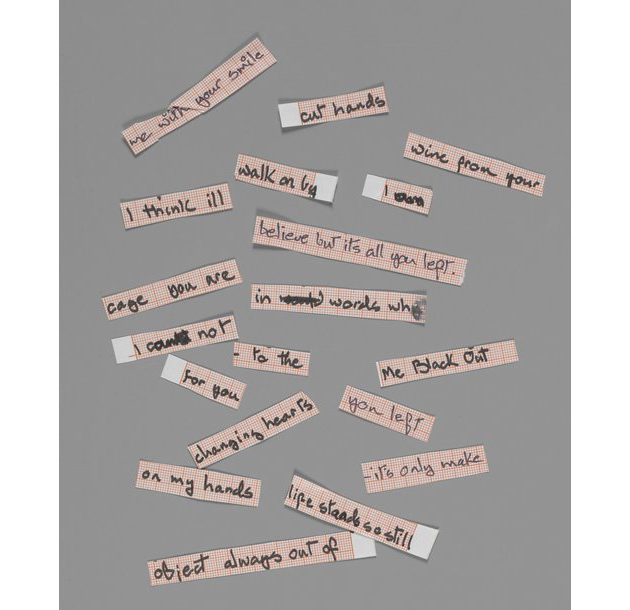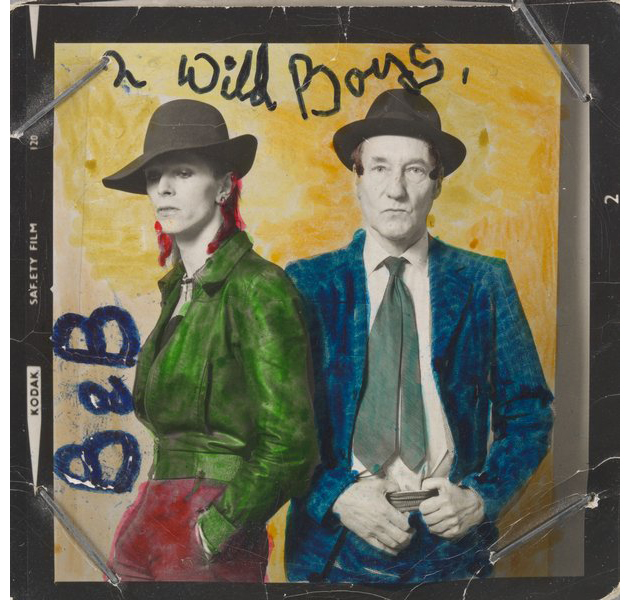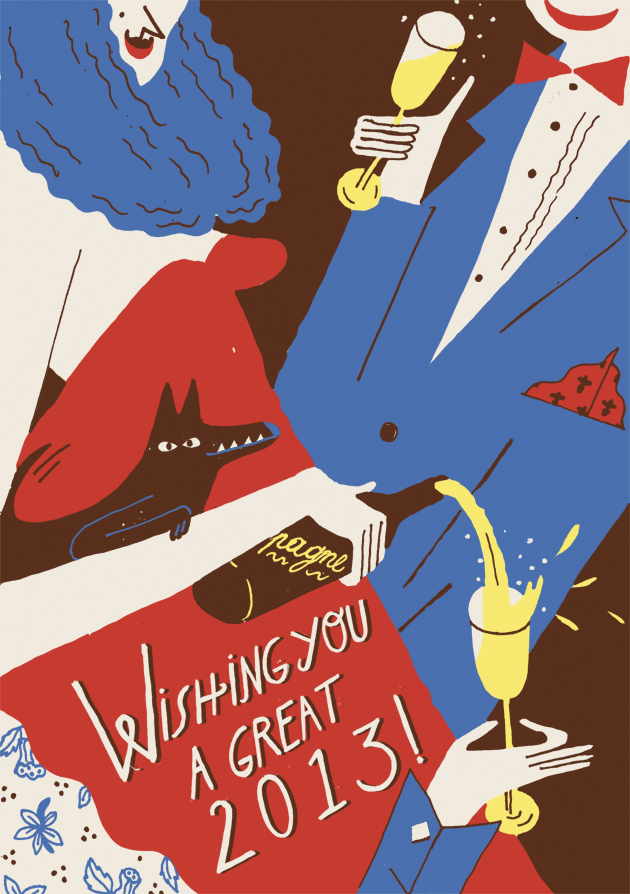Pretty in Pink: John Cale at the BAM
John Cale recently returned to New York to perform his landmark 1973 album, Paris 1919, at the Brooklyn Academy of Music. At 70, he remains as captivating a performer as ever, although his hair – always the hair with him – continues to look like a bag of cotton candy caught in a rat’s nest. But hey, this is the guy who co-founded The Velvet Underground with Lou Reed, the guy who ate copious amounts of barbiturates and then wrote songs about getting off on getting whipped, and who once – in a fit of drug-fueled rage – decapitated a chicken onstage and beat its lifeless body into a pancake with a steel meat cleaver. Dude can wear it any way he wants.
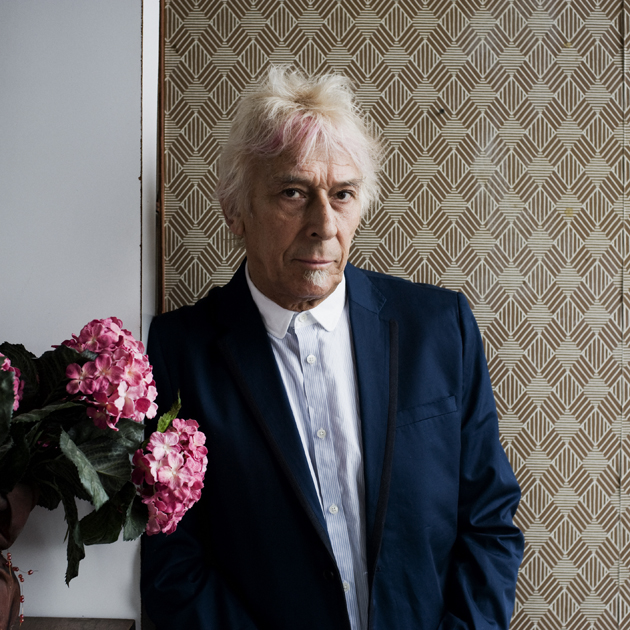
Cale made a name for himself early, abandoning his musicology studies at Goldsmiths’ College in the early 60s to move to the States and study with Yannis Xenakis and La Monte Young. He would spend the next fifty years dabbling in drone, folk, punk, classical, chamber pop, rock and roll, and avant-garde. Along the way he’s produced albums by Nico, The Stooges, Patty Smith, and The Modern Lovers, and collaborated with the likes of Nick Drake, Brian Eno, and LCD Soundsystem. His unpredictably eclectic solo catalog has often been called too weird for pop and too straight for the avant-garde, and he has the distinction of being the only artist ever to play eighteen-hour drone compositions with John Cage and appear on the Shrek soundtrack.
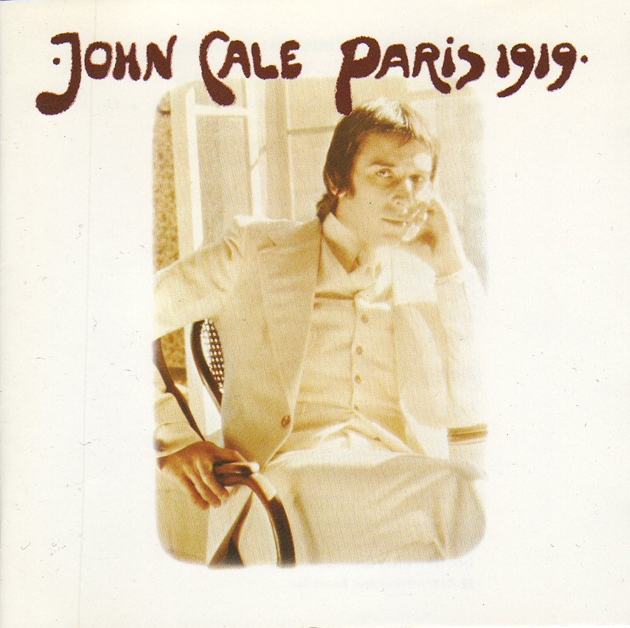
Paris 1919 is an appropriate choice for a BAM retrospective, as it finds Cale in complete control as a songwriter, arranger, and producer. His early contributions to the Velvets gave Lou Reed’s narratives a deliberate and unnerving edge, particularly on tracks like “Venus In Furs”, “Black Angel’s Death Song”, “Heroin”, and “Sister Ray”. By contrast, the songs on Paris 1919 are instantly hummable, intimate vignettes of Cale’s childhood in Wales. Which might explain why Cale’s been keen on revisiting the work in recent years: It’s his most accessible and personal statement. “This is nostalgia, pure and simple,” he said in a recent interview with The New York Times. “I’m writing about the stuff that I miss about Europe.”
His set at the Brooklyn Academy of Music included material from year’s Shifty Adventures in Nookie Wood and his Velvet Underground days. At the end of the night, when he started in on the opening notes of “Venus in Furs”, I half expected Lou himself to walk out and say hello. But it wasn’t meant to be. (They don’t get along, and besides, Lou was across town that night at an Allen Ginsberg poetry event.) This was Cale’s night, anyway, and rightly so.
